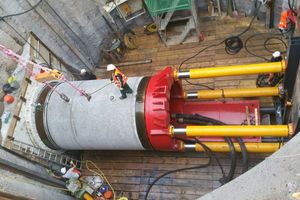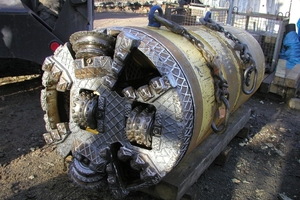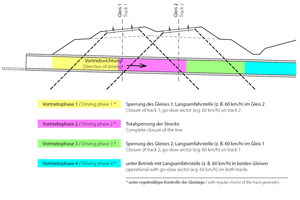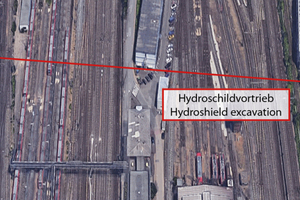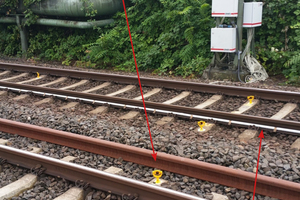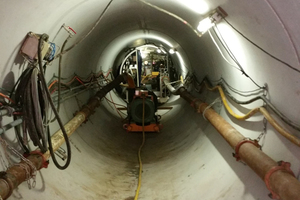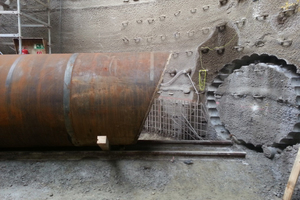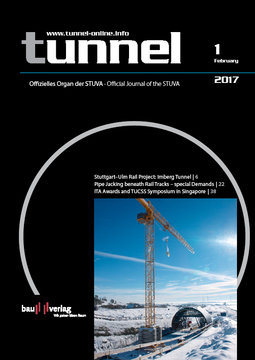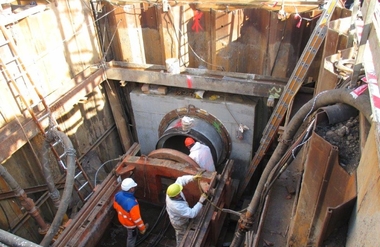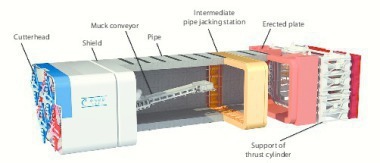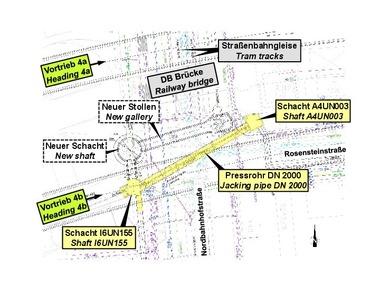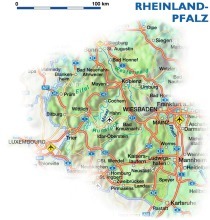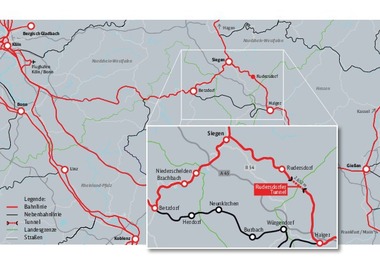Special Demands for Pipe Jacking beneath Rail Tracks
Generally speaking trenchless construction methods are applied for routing pipelines beneath Deutsche Bahn AG rail tracks, with special demands posed on planning and execution. Owing to constraints imposed by planning, deviations from the pertinent regulations are sometimes inevitable. Consequently, the same safety level must be reached by means of separate regulations and conditions (UIG “Corporate Approval”, ZIE “Approval in individual Case”) of the DB Netz AG and the German Federal Railway Authority (EBA) combined with extended quality assurance strategies. In this connection, emphasis is placed on planning the execution and adapting the driving method to the project’s marginal conditions as well as on involving all those participating in construction.
Motivation
The need to modernise and expand the existing line networks of the telecommunications and energy supply companies is growing in keeping with the advance in infrastructural networking of cities and municipalities as well as increasing urban population densities. Frequently, additional pipelines and those requiring renewal cross existing Deutsche Bahn AG rail routes so that codes of practice relating to the railways must also be observed in planning and execution along with engineering standards. It is often not possible to alter the course of pipelines on account of technical...

